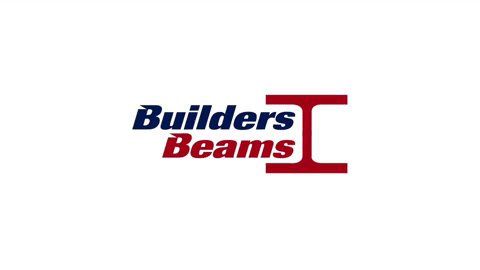We protect our steel from fire using intumescent coatings. This type of fire protection paint is easy to apply off-site, giving our steel a fine matt finish. Our products are delivered on site fire protected and ready to install.
Fire Protection of Structural Steelwork – Overview
Structural steel is a non-combustible material, which does not contribute to the fire load of a building. However, the strength of the material deteriorates as time passes and heat rises, threatening the integrity of the construction. Thus, it is important that a fire protection system is applied, to ensure that in the incident of a fire, the building is safely evacuated.
In general, a fire protection system offers a fire resisting period – the time needed to evacuate a building – that varies between 30, 60, 90 or 120 minutes. Different types of fire protection systems include boards, sprays, concrete reinforcement, and intumescent coatings. According to the BCSA (British Constructional Steelwork Association), the popularity of intumescent coatings has significantly increased – about 55% – from the 1990’s to the 2010’s.
How does it work
An intumescent coating is basically a paint-like material which is inert at low temperatures – under 200 ◦C – but reacts with heat. As the temperature rises, during a fire event, the intumescent coating swells and forms a char layer that covers the steel. This char layer is of low thermal conductivity, thus acting as an insulating system. It should be noted that the coating usually expands up to 50 times when compared to the original thickness: for every 1mm of paint applied, the char layer can reach up to 50mm of thickness.
Types of intumescent coatings
In the market, there are available both thin and thick film intumescent coating. The former ones are used as a fire protection system for buildings, whereas the latter ones are mostly found in the oil and gas industry. Thin film intumescent coatings can be either solvent-based or water-based. Nowadays, new technologies have been developed, which can offer fire resistance up to 120 minutes.
On-site and off-site application
Intumescent paint can be applied both on-site as well as off-site. It is the flexibility of applying the coating off-site that has increased its share on the fire protection systems market. A major benefit when applying intumescent paint off-site is considered to be the reduction of the overall construction programme. Since steelwork arrives on-site already fire protected and ready to install, work on-site is significantly reduced.
However, off-site application of intumescent paint should be considered mainly when an aesthetic finish is not necessary. When steel is installed on-site, bolts, as well as other damages caused by transportation, should be covered. Therefore, achieving an identical look with the coating applied off-site could be challenging.
Primed and Galvanised Structural Steel
In many cases, prior to applying the intumescent paint on steelwork, an additional layer of a primer may be required. In this way, a fine matt finish can be achieved. The finish can be enhanced using a sealer topcoat. Finally, intumescent coatings can be applied on galvanised steel, as long as this has been properly cleaned and all the grease has been removed.
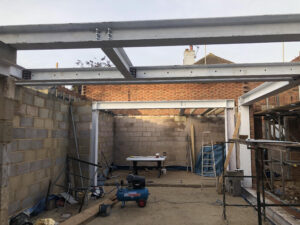
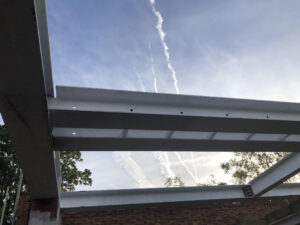
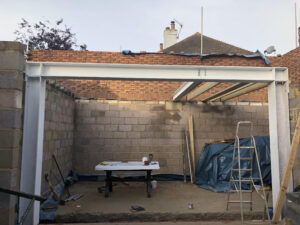
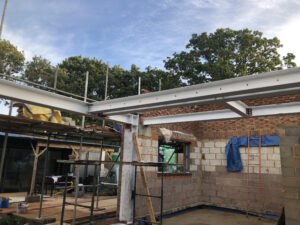
Categories
Archives
- April 2024 (5)
- March 2024 (2)
- February 2024 (1)
- January 2024 (3)
- December 2023 (2)
- November 2023 (1)
- September 2023 (4)
- August 2023 (3)
- July 2023 (1)
- June 2023 (7)
- May 2023 (2)
- April 2023 (14)
- March 2023 (15)
- February 2023 (7)
- January 2023 (6)
- December 2022 (5)
- November 2022 (1)
- October 2022 (4)
- September 2022 (3)
- August 2022 (1)
- July 2022 (2)
- June 2022 (2)
- April 2022 (4)
- March 2022 (1)
- February 2022 (1)
- December 2021 (3)
- March 2021 (2)
- October 2020 (1)
- September 2020 (1)
- July 2020 (1)
- June 2020 (1)
- May 2020 (2)
- April 2020 (2)
- March 2020 (3)
- February 2020 (2)
- January 2020 (1)
- December 2019 (2)
- November 2019 (1)
- October 2019 (1)
- September 2019 (3)
- August 2019 (1)
- July 2019 (4)
- June 2019 (4)
- May 2019 (1)
- April 2019 (4)
- March 2019 (2)
- February 2019 (4)
- January 2019 (4)
- December 2018 (4)
- November 2018 (4)
- October 2018 (5)
- September 2018 (6)


